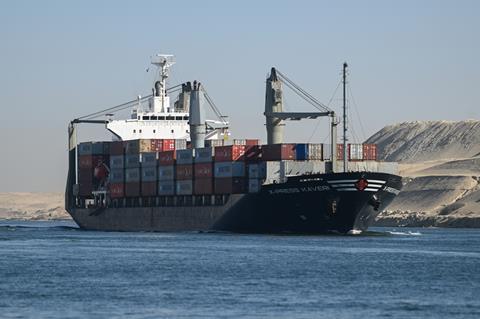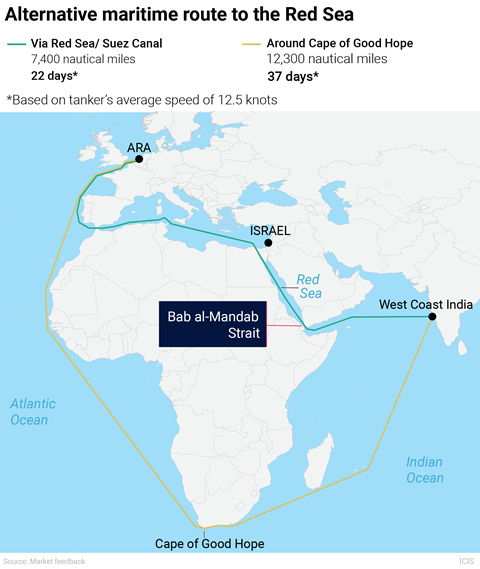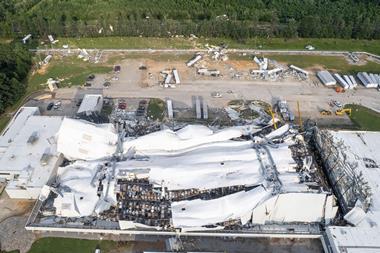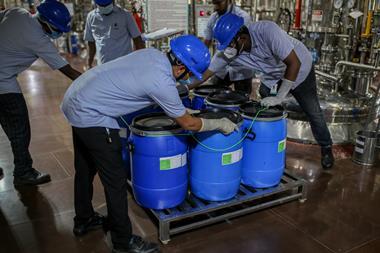Route diversions around Africa mean longer transport times and higher prices
The ongoing disruption of shipping in the Red Sea is having repercussions for chemical industry supply chains. With Iran-backed Houthis in Yemen stepping up their strikes on cargo ships in support of Hamas in its war with Israel.
Houthis have launched dozens of attacks against ships in the Red Sea since late 2023, including firing drones and missiles and even boarding and seizing vessels, including several that have no apparent links with Israel. US and UK-owned ships are among those that have been targeted. These assaults have escalated considerably in recent weeks, and major shipping firms have stopped using the route for safety reasons. Meanwhile, US, British and allied forces have responded with air and sea strikes on Houthi targets in Yemen.

The resultant route diversions are having significant time and cost implications for the chemical industry, as ocean shipping rates have continued to climb.
About 30% of the world’s ocean carrier traffic normally goes through the Red Sea, according to Eric Byer, president the Alliance for Chemical Distribution (ACD), a US trade group. But now ships between Europe and Asia are instead going around the Cape of Good Hope on the southern tip of Africa, which he says can add between ten days and three or four weeks of travel time compared to passage via the Red Sea and the Suez canal.

The diversions are also affecting shipping between the US Gulf Coast and South Asia, with ships are going around the Cape of Good Hope. While some routes could potentially divert through the Panama canal and across the Pacific ocean, a severe drought that began last year has led authorities to cut ship transits in the Panama canal by more than 30%.
Byer notes that market prices for some chemicals in mid-January were around triple the rates a month or so earlier. He acknowledges that carriers are justified in increasing costs to ramp up security or take longer, safer routes, and supports those actions. But he also observes that ACD members are reporting potentially increased fees for Pacific routes between Asia and the US west coast, not via the Red Sea. ‘There’s got to be some checks and balances to make sure that what is being [charged] is fair and evaluated in a manner that makes sense.’
Tom Brown, a chemicals expert and chief news correspondent for the energy and chemicals consulting firm ICIS, tells Chemistry World that pricing for some chemicals and products are starting to increase, especially in markets like Europe that are very reliant on imports of feedstocks or on the material itself.
Brown predicts that these extended and more expensive shipping routes will continue to ripple through value chains and be increasingly felt by consumers down the line in the form of higher prices and less availability. ‘For shipping companies and for chemical producers that rely on these routes there are these increased costs that will need to be passed down,’ he says.
When Covid-19 hit a few years ago, Byer points out, the chemical industry didn’t see it coming and the panic only hit when there were suddenly huge price increases across the sector, with $3500 (£2750) container rates jumping to $20,000, for example. ‘We’re very hopeful that will not be the case now, but we’re starting to see the game being played,’ he states, noting that clear communication from the carriers will be extremely important going forward.
‘It’s not as high at present as it was during the pandemic, but obviously it all depends on how long this lasts and how deeply entrenched those effects become,’ Brown warns.

















No comments yet